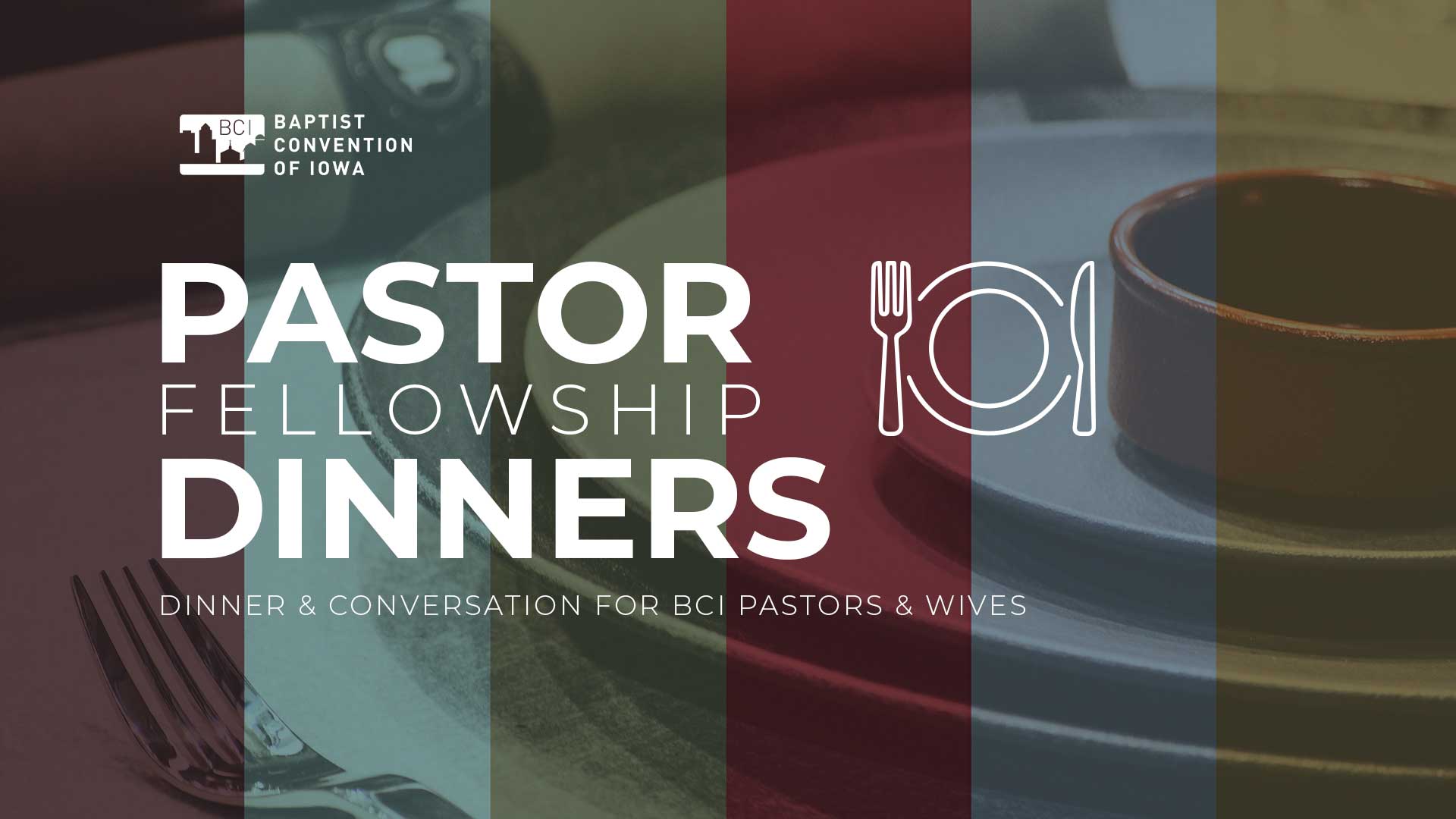By Todd Stiles
I’m probably opening a can of worms. Lifting the lid of a Pandora’s box. Setting off a firestorm. That’s usually what happens when the topic of “worship” comes up among church-ites.
Of course, it really isn’t worship that triggers the wars. It’s musicalworship. And not the truth of it, but the type of it. So let’s just cut to the chase—most are getting “fired up” about secondary aspects within a primary issue.
It was just such a recent conversation that sparked me to put in writing some values we have long held about musical worship at First Family. That’s not to say we haven’t adjusted, changed and morphed over our fist 10 years. Or that we won’t need some additional adjustments, changing, or morphing over the next ten years. It is simply saying we’ve developed a set of filters we use to see our way through the musical maze of worship that we humans have created. I call these filters, or lenses, our “ize” (pronounce as “eyes” and think of them as “eyes”) because they provide a framework of action for our worship team.
Speaking of our worship team, our entire group for both campuses is either part-time or volunteer. Our part-time roles are a primary worship leader (platform), a worship coordinator (planning), and a worship administrator (projects and tasks). Beyond that, the rest of the team is comprised of committed volunteers. Together they do a terrific job of leading FFC in musical worship week in and week out.
Here are the “ize” we use in this ministry:
- We customize by writing our own songs. When a song grows from the soil of your own experience(s) as a faith family, or from the seeds of a specific sermon series, it carries great weight. Admittedly, we don’t have a whole lot in our repertoire, but it’s growing; and we’re always encouraging our team to create. Be original. Personally, I’m really glad someone reinvented the wheel; that stone version wasn’t working out real well.
- We modernize We have never waged a worship war at FFC between old and new. Hope we never do. When it comes to older hymns, however, we often use current instrumental styles or write original, accenting bridges to give the older lyrics a contemporary environment. At least in our experience, this helps what may be familiar to some take on fresh meaning and inspiration.
- We personalize current songs. One of the shortcomings of the American church worship scene is the incessant desire to copy what’s hip and hot. And I don’t just mean what is sung; I also mean howit’s sung. Too often churches try and mimic the latest CCM radio hits for their musical worship. Ugh! When we select a song that’s really current, we make sure we fit it to us. Whether in its beginning or ending, its instrumentation, its transition, or in who sings it, the goal is to make it “us.” How is this song going to edify and help the people in our congregation this week? What needs to change to best fit it to the previous song or element? The next song or element? Essentially,when we use what’s current, we want to employ it, not be enslaved by it.
- We utilize other forms of art for emphasis (paintings, readings, poetry, etc). At various times we employ different styles of art, and have found that different expressions can bring a renewed awareness and attention to the subject, topic, or issue.
One thing we won’t do—
- Idolize a style, artist, song, or genre. Too often churches think that these things create and sustain worship. So to our own detriment, many prioritize—actually idolize—things such as style, song, or singer. But they don’t. Worship is fueled by the Holy Spirit and the Word (John 4:24). God is the central focus and the sole source of true worship.
This is why, at First Family, we strive to ensure our musical worship is…
- Theologically rich/sound about God. First and foremost, the song has to be truthful. Whether it’s regarding God’s character, the nature of the gospel, the Trinitarian Godhead, man’s condition, or life as a follower of Jesus, the lyrics must fall in line with biblical doctrine.
- Vertically focused on God. This naturally (or should I say ‘supernaturally’?) happens when the above bullet is done properly. And if you avoid that one, you’ll have a hard time accomplishing this one no matter how hard you try.
- Horizontally exhortive for God. This simply means we want what God does in us and among us to be encouraging to those around us. This is the relational affect of worship among the body of believers.
- Creatively presented to God. It’s not whether you have the latest tools or tricks, but whether or not you have a committed heart to do the best you can with what you have. Those with this commitment will take the necessary time to give God their full 100%, even asking others to join them in the joyful opportunity to worship God with music.
Todd Stiles is lead pastor of First Family Church in Ankeny.
This post was originally published at toddstiles.wordpress.com.








